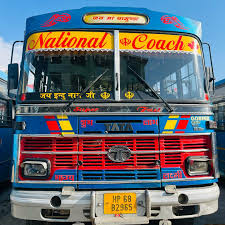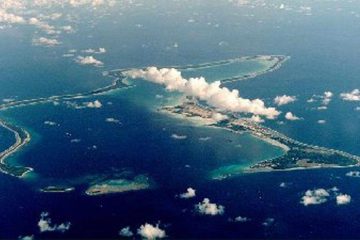Unveiling Nagrota: India’s Strategic Military Hub

Introduction to Nagrota
Nagrota, located near Jammu in the Union Territory of Jammu and Kashmir, has emerged as a focal point of military activity and security considerations in India. The town is significant not only for its geographical location but also for its strategic military installations, which play a crucial role in India’s defence operations in a region marked by tensions and conflicts.
The Importance of Nagrota
As a base for the Indian Army’s vital formations, Nagrota hosts the headquarters of the Army’s 16 Corps, a crucial element in India’s posture against potential threats from across the Line of Control (LoC) with Pakistan. The strategic positioning of Nagrota allows for rapid mobilisation and deployment of troops to counter any aggressive maneuvers from neighbouring countries. Furthermore, the area is home to various training and operational facilities, making it essential for enhancing the operational capabilities of the armed forces.
Recent Developments
In recent months, Nagrota has witnessed significant developments aimed at strengthening both military presence and infrastructure. The Indian Army has increased its focus on modernising facilities and equipment within the region, ensuring that troops are well-prepared for any potential escalations. Additionally, there have been investments in improving connectivity, with ongoing projects enhancing road and rail access, making it easier for the army to manoeuvre in the hilly terrain of Jammu and Kashmir.
Impact on Local Community
The presence of military establishments in Nagrota also has implications for the local population. While the local economy benefits from the employment and business opportunities created by the military, there are concerns about the social dynamics introduced by a substantial military presence. Regular interactions between the army personnel and civilians can foster a sense of security, but tensions may arise under certain circumstances, particularly during incidents related to border security.
Conclusion
In summary, Nagrota’s significance as a military hub is underscored by its strategic location and essential military installations. As the geopolitical landscape in the region evolves, the relevance of Nagrota will likely grow, with continued investments in military infrastructure and local interactions shaping its future. For both military strategists and residents, understanding the implications of these developments will be crucial in navigating the complex landscape of security and community engagement in Jammu and Kashmir.








